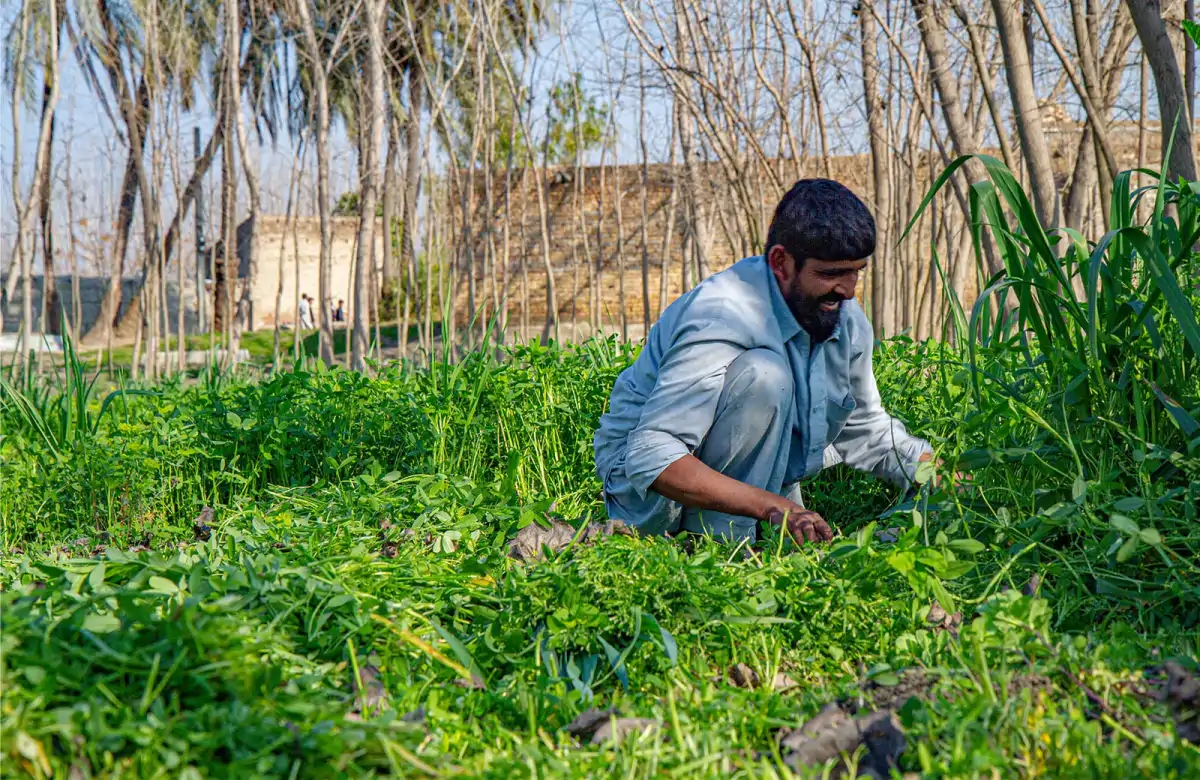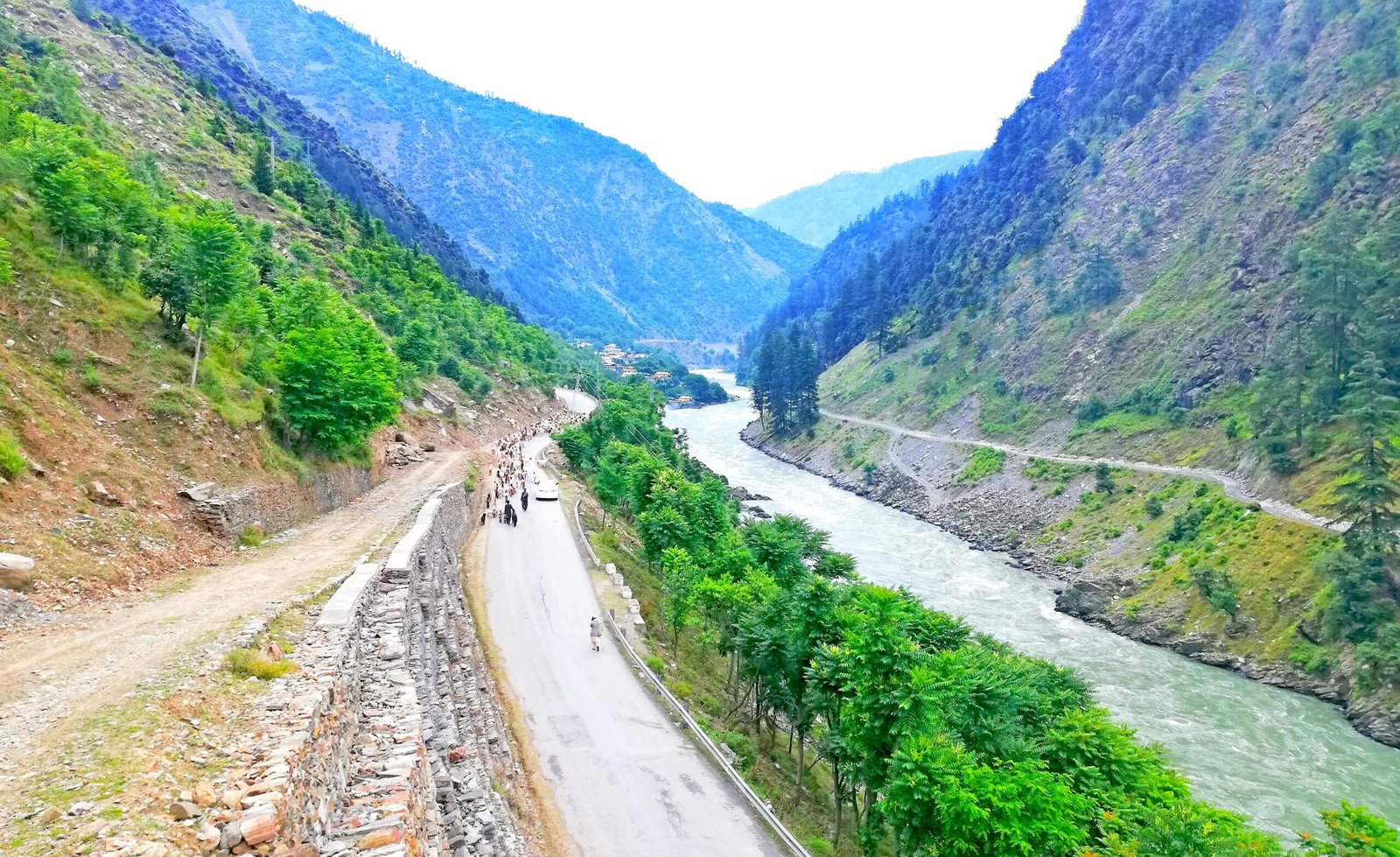
Economic Potential of Azad Kashmir: A Land of Opportunities
Economic Potential of Azad Jammu and Kashmir (AJK), frequently alluded to as Azad Kashmir, is an amazingly gorgeous and asset-rich locale settled in the northern piece of Pakistan. Encircled by
Economic Potential of Azad Jammu and Kashmir (AJK), frequently alluded to as Azad Kashmir, is an amazingly gorgeous and asset-rich locale settled in the northern piece of Pakistan. Encircled by the Indian-managed Jammu and Kashmir, Khyber Pakhtunkhwa, and Punjab, Azad Kashmir traverses roughly 13,297 square kilometers and is home to around 4.5 million individuals.
However well known for its amazing scenes, rich culture, and bountiful normal assets, Azad Kashmir is as yet attempting to open its full monetary potential. While horticulture assumes a focal part in the economy, different areas like hydropower, the travel industry, and little enterprises hold gigantic commitments for future development. Notwithstanding, the district faces a few difficulties that should be addressed to completely understand these open doors. We should plunge into the critical areas with development potential and investigate how Azad Kashmir can change into a financial force to be reckoned with.
Key Sectors Driving Azad Kashmir’s Economic Potential Growth
1. Agriculture: The Backbone of the Economy
Agriculture is the heart of Azad Kashmir’s economy. The fertile plains of regions like Muzaffarabad, Bhimber, and Rawalakot are perfect for cultivating crops like wheat, rice, maize, and barley. Additionally, the region produces apples, oranges, peaches, and more in its fruit orchards. Livestock farming also plays a significant role, particularly dairy farming, which sustains rural livelihoods.

Nonetheless, there are issues facing the agriculture industry that reduce production. The area is unable to realize its full agricultural potential due to antiquated irrigation infrastructure, traditional farming practices, and a shortage of contemporary equipment. Modernizing this sector with improved irrigation, mechanical farming methods, and agro-processing facilities could greatly increase yields and rural incomes.
2. Hydropower: A Potential Energy Giant
Azad Kashmir is endowed with abundant water resources. The region is home to several rivers, including the Neelum, Jhelum, and Chenab, all flowing through the mountainous terrain. These water sources present enormous potential for hydropower generation. Estimates suggest that Azad Kashmir could generate over 10,000 MW of electricity from its rivers.
Although they are working on a few hydropower projects, such as the 969 MW Neelum-Jhelum project and the 84 MW Chakothi-Hattian project, they have yet to discover much of the hydropower potential. Bridling this potential couldn’t give a solid energy source to Pakistan yet could likewise turn into a significant income stream for the locale. Interests in the framework and modernization of hydropower offices would prepare for the economic energy age, assisting with tending to Pakistan’s energy deficiencies while helping the nearby economy.
3. Small Industries: The Rise of Local Manufacturing
Small-scale industries in Azad Kashmir are also progressing. With a long history of handicrafts, such as pottery, shawls, and carpets made by hand, the area has a lot of potential to grow its craft and textile businesses. There is room for expansion in manufacturing as well, as seen by Mirpur’s industrial zone, which is home to food processing facilities and cement manufacturers.

However, the industrial sector faces challenges such as limited access to raw materials, inadequate infrastructure, and a shortage of skilled labor. By addressing these barriers, Azad Kashmir could become a manufacturing hub, offering products like textiles, cement, and processed foods to domestic and international markets. The proximity to both Pakistan and India further increases the potential for cross-border trade, which could boost the region’s industrial growth.
Economic Potential: Overcoming Key Challenges
1. Investment Shortages: Unlocking Economic Growth
A critical test of Azad Kashmir’s financial improvement is the absence of speculation — both homegrown and unfamiliar. Political flimsiness, restricted framework, and security worries over the Kashmir debate have discouraged financial backers from emptying capital into the district. Without significant venture, financial development stays stale, and numerous learning experiences are left undiscovered.
To address this, the public authority needs to establish a more financial backer accommodating climate by giving expense motivators, improving administrative cycles, and advancing political dependability. Unfamiliar speculation, especially in the space of hydropower, horticulture, and industry, will be critical in opening Azad Kashmir’s true capacity.
2. Infrastructure Deficiencies: Building the Foundation for Economic Potential Growth
Another significant hurdle is the underdeveloped infrastructure. While the road network has seen improvements in recent years, many remote areas still lack access to efficient transportation, which makes it harder to move goods and services. The energy infrastructure is also insufficient to meet growing demands, despite the region’s vast hydropower potential.
Modernizing the locale’s framework — explicitly in transportation, energy, medical services, and training — ought to be vital. Better streets, dependable power, and further developed social administrations won’t just lift neighborhood organizations, but will likewise improve general personal satisfaction, making Azad Kashmir more alluring to the two financial backers and travelers.
3. Limited Industrial Economic Potential Growth: Expanding Beyond Agriculture
Although small industries are beginning to grow, Azad Kashmir still faces challenges in developing large-scale industries. These include the lack of skilled labor, inadequate access to finance, and a dearth of investment in key sectors. Additionally, political uncertainty and a lack of investor-friendly policies have discouraged large industrial projects from establishing a strong presence.
To foster industrial growth, the government could focus on creating industrial parks, providing training for workers, and offering incentives for entrepreneurs. Establishing public-private partnerships could also help combine expertise and resources, accelerating the growth of local industries.
Economic Potential: Seizing Emerging Opportunities
Azad Kashmir is rich in resources and has the potential to thrive in several sectors. With the right investments and policy reforms, the region could turn its challenges into opportunities for growth.
1. Boosting Agriculture and Agro-Processing
The economy of Azad Kashmir is still based on agriculture, but it’s time to update it. Yields will rise with investments in contemporary farming methods like organic and precision farming. Building agro-processing facilities for dairy, fruits, and vegetables can also lower post-harvest losses and add value.
2. Hydropower: Powering Economic Potential Growth
Azad Kashmir’s rivers are a goldmine for hydropower generation. By investing in the development of existing and new hydropower projects, the region can meet its own energy needs and become a major supplier to Pakistan. This not only supports industrial growth but also creates jobs and revenue streams for the region.
3. Tourism: A Gateway to Eco-Tourism
The pristine beauty of Azad Kashmir, with its lush green valleys, snow-capped mountains, and serene lakes, offers immense potential for ecotourism. Destinations like Rawalakot, Muzaffarabad, and the famous Neelum Valley could become top tourist attractions with the right infrastructure and marketing. Tourism could become a key driver of economic growth, creating jobs and generating revenue.

Expanding Small Industries
The customary artworks of Azad Kashmir, for example, hand-woven floor coverings, wraps, and ceramics, are exceptionally respected. By extending the product limit of these enterprises and working on neighborhood fabricating, Azad Kashmir can take advantage of worldwide business sectors. Making modern bunches and giving ability improvement projects to laborers will assist the district’s little enterprises with prospering.
A Bright Future for Azad Kashmir
Azad Kashmir is a treasure trove of untapped potential, poised to shine in agriculture, hydropower, tourism, and small industries. By addressing challenges in investment, infrastructure, and industrial expansion, this region can unlock immense economic opportunities. With a focus on modernization and sustainable development, Azad Kashmir has the power to evolve into a thriving, self-reliant hub, making a significant impact on Pakistan’s economy.
The key to this transformation lies in a dynamic partnership between the government and the private sector. Together, they can foster innovation, attract investments, and elevate the standard of living for the people of Azad Kashmir, paving the way for a brighter, more prosperous future.








